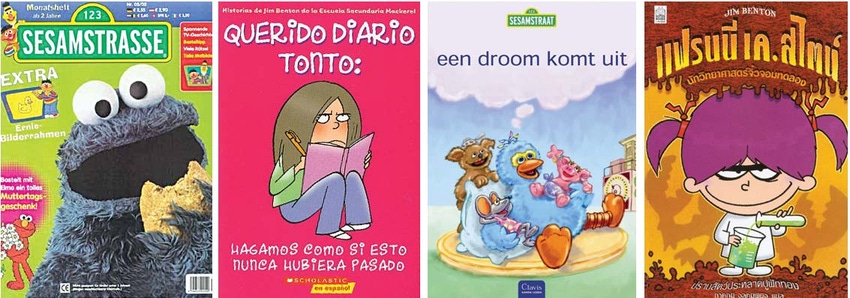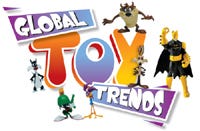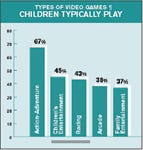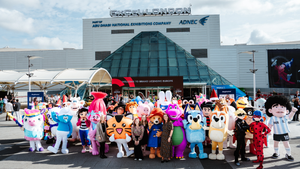Toys Gain Slightly in 2012 2
The NPD Group looks back on 2012 and reviews what gains were made for licensed toys.
April 6, 2018

The NPD Group looks back on 2012 and reviews what gains were made for licensed toys.
Consumers finally came out of their cocoon and rewarded the U.S. retail toy industry with a strong December 2012. Based on data from The NPD Group's retail tracking service, it's evident that many shoppers waited until the last two weeks of December to do their holiday toy shopping. These two weeks saw dollar sales increase 18 percent and unit sales increase 10 percent when compared to the same time period in 2011.
|
Top 10 Toy Licenses of 2012 |
Like other categories, toys took a hit in November 2012, caused by waning consumer confidence, concern about fiscal policy and the East Coast natural disaster, Superstorm Sandy. Events like these prevented toys from experiencing a better year. The good news is that when consumers returned to retail aisles in late December, they flocked to the toy section at their favorite retailers.
The toy industry categories in the U.S. with the largest revenue gains in 2012 were building sets, arts and crafts, dolls and the infant/preschool segment, with respective increases of 23.8 percent, 6.9 percent, 5.8 percent and 2.5 percent. Plush, outdoor and sports toys, vehicles and games/puzzles experienced the most significant declines when compared to 2011, at 12.6 percent, 8 percent, 6.2 percent and 5.8 percent, respectively. The remaining categories–action figures/accessories and role play, youth electronics and all other toys–were flat.
|
Top 10 Toy Properties of 2012 |
Top properties for the year based on total dollar sales (in alphabetical order) include Barbie, Disney Princess, Hot Wheels, Monster High and Star Wars.
While The NPD Group noted that several of the top-selling properties of 2012 are licensed, overall the licensed toy category grew only 1 percent last year. Licenses are typically a key driver of the toy category. Though they account for 30 percent of total industry sales (2012), they typically command higher average retail prices.
Last year's toy story was filled with concern about declining birthrates, economic uncertainty and competition from consumer electronics–each real issues for the toy industry. But, in the end, consumers proved that toys are still important and relevant as play options, and that they are willing to pay extra for products that deliver on play value.
Read more about:
BatmanBeybladecarsDisney PrincessDora the ExplorerSpider ManStar WarsThe NPD GroupThomas & FriendsWWEYou May Also Like








